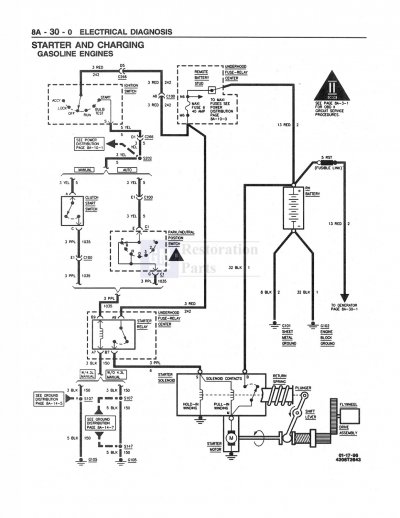Hoesgottaeat2
Full Access Member
Replaced (2) GM starters in the last 4-5 months. One was on a 2005 Silverado and the other on my ‘96 Burb.
I did them both on my lift. I’ve only had the lift for a couple of years so I find myself “doing a little extra” now due to the ease of having the vehicle overhead. So I figured while up in the air I’d test wiring integrity to the starter before the final conclusion of each replacement was determined.
On each vehicle, in both instances, I tested a constant 12V at the larger wire that connects to the solenoid. And in both cases I tested only around 2V at the keyed wire.
I was surprised to see such a small voltage to engage the solenoid.
What’s your $.02?
I did them both on my lift. I’ve only had the lift for a couple of years so I find myself “doing a little extra” now due to the ease of having the vehicle overhead. So I figured while up in the air I’d test wiring integrity to the starter before the final conclusion of each replacement was determined.
On each vehicle, in both instances, I tested a constant 12V at the larger wire that connects to the solenoid. And in both cases I tested only around 2V at the keyed wire.
I was surprised to see such a small voltage to engage the solenoid.
What’s your $.02?

